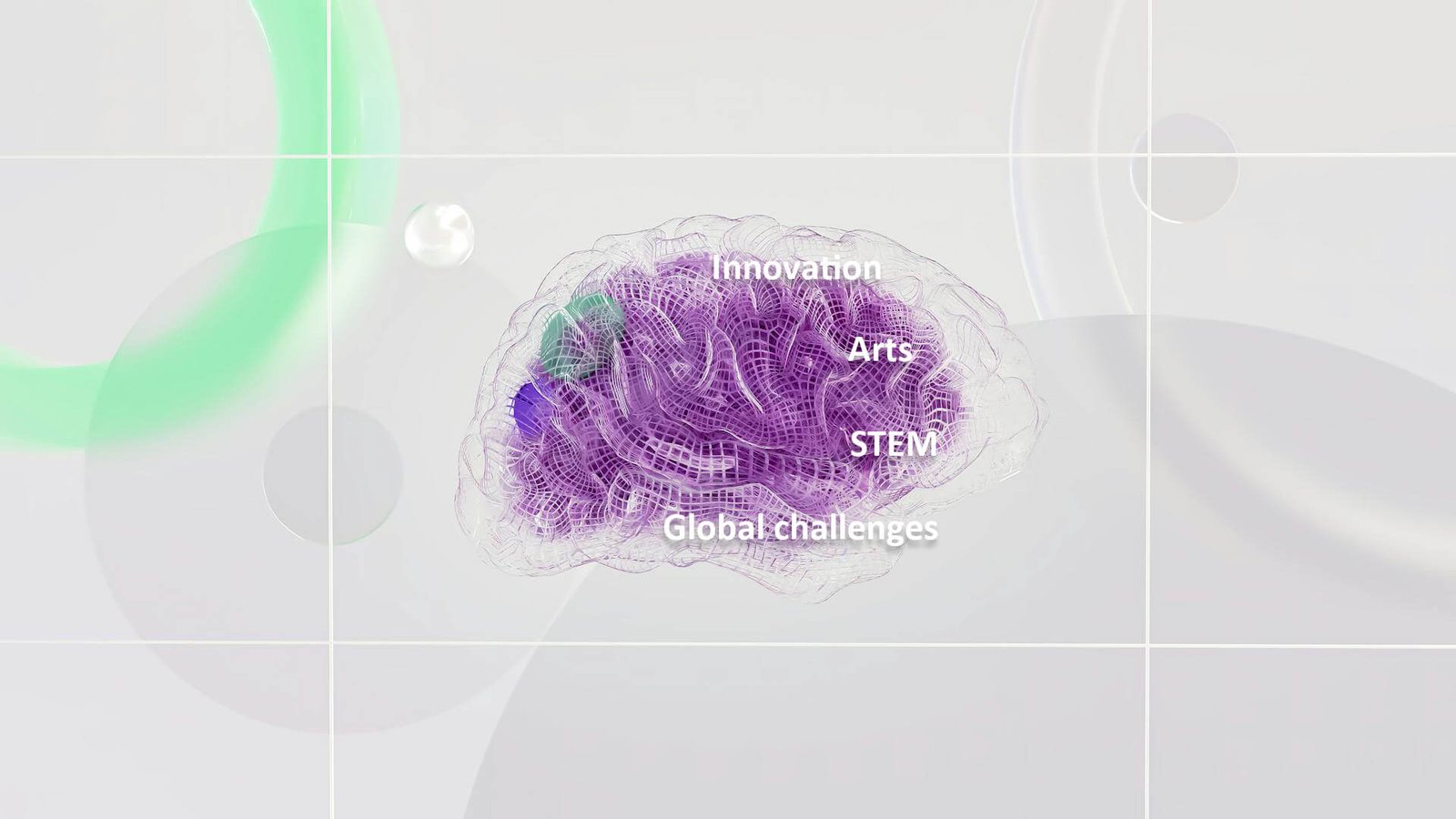
Designing Interdisciplinary Curriculum: A Comprehensive Guide
Introduction
The traditional educational approaches often fall short in preparing students to address complex global challenges that transcend disciplinary boundaries. This raises pivotal questions: How can education bridge the gap between siloed knowledge and real-world interconnectedness? How can we equip learners with the skills to innovate and solve multifaceted problems effectively?
These questions underscore the critical need for interdisciplinary education—a transformative approach that integrates diverse fields of study to foster holistic understanding, critical thinking, and innovative problem-solving skills.
1. Understanding Interdisciplinary Education
Interdisciplinary education fundamentally challenges the compartmentalization of knowledge by encouraging the integration of insights and methods from multiple disciplines. It emphasizes the interconnected nature of real-world issues, preparing students to tackle complex problems that defy single-discipline solutions. This approach not only promotes a deeper understanding of subjects but also cultivates creativity and adaptability—the hallmarks of effective problem-solving in today’s global landscape.
Successful interdisciplinary programs often showcase how blending disciplines—such as science, technology, engineering, arts, and mathematics (STEAM)—can lead to innovative solutions. For instance, projects that combine environmental science with economics and policy-making offer comprehensive approaches to sustainability challenges, illustrating the practical benefits of interdisciplinary thinking.
2. Identifying Learning Objectives
At the core of interdisciplinary curriculum design lies the identification of clear and coherent learning objectives that transcend individual subjects. This step involves defining educational goals that integrate knowledge, skills, and competencies across disciplines. By articulating these objectives, educators ensure that the curriculum not only covers essential content but also fosters interdisciplinary connections and critical inquiry among students.
For example, a curriculum unit on global citizenship might incorporate elements from history, geography, sociology, and ethics to explore issues of cultural diversity, human rights, and sustainable development. By aligning learning objectives across these disciplines, educators create a cohesive framework that encourages students to analyze complex societal issues from multiple perspectives and develop informed opinions.
3. Curriculum Integration Strategies
Integrating multiple disciplines into cohesive curriculum units requires strategic planning and collaboration among educators. Interdisciplinary themes and topics serve as bridges that connect diverse subject areas, illustrating their relevance to real-world contexts. Educators can employ various strategies such as project-based learning, thematic units, and integrated coursework to promote cross-disciplinary connections and foster deep learning experiences.
For instance, a project on urban planning could integrate elements of architecture, environmental science, sociology, and economics. Students might collaborate to design sustainable city models, applying knowledge from each discipline to address challenges such as infrastructure development, community engagement, and environmental impact.
4. Collaboration among Educators
Effective interdisciplinary curriculum design hinges on collaborative planning and communication among educators from different disciplines. This collaborative approach breaks down disciplinary barriers and promotes a culture of shared expertise and innovation. Educators can engage in team-teaching, co-designing lessons, and professional development activities focused on interdisciplinary pedagogy to enhance their teaching practices.
By collaborating, educators model interdisciplinary thinking and demonstrate the interconnectedness of knowledge domains to students. This collaborative effort not only enriches the learning experience but also equips educators with the tools and strategies needed to navigate interdisciplinary challenges effectively.
5. Assessing Interdisciplinary Learning
Assessing interdisciplinary learning presents unique challenges due to its integrated nature and diverse learning outcomes. Educators must design assessment methods that authentically evaluate students’ ability to synthesize knowledge from multiple disciplines. This may involve performance-based assessments, portfolio evaluations, and interdisciplinary projects that require students to apply learning across different contexts.
For example, an assessment task on climate change could require students to analyze scientific data, evaluate economic impacts, and propose policy recommendations. By demonstrating their understanding through interdisciplinary analysis and synthesis, students showcase their ability to apply knowledge and skills in addressing complex environmental issues.
6. Resources and Support Structures
Implementing interdisciplinary curriculum effectively requires access to resources and support structures that facilitate collaborative teaching and learning. Educators can leverage interdisciplinary textbooks, online databases, professional learning communities, and educational technologies to enhance their instructional practices. Professional development opportunities focused on interdisciplinary pedagogy empower educators to navigate logistical challenges and innovate in curriculum design.
By investing in resources and support structures, educational institutions create an environment conducive to interdisciplinary learning and collaboration. This infrastructure supports educators in designing engaging and meaningful learning experiences that prepare students for interdisciplinary challenges in their academic and professional journeys.
7. Addressing Challenges and Barriers
The implementation of interdisciplinary curriculum may encounter various challenges, including institutional resistance, logistical complexities, and differing disciplinary perspectives. Educators and administrators must collaborate to identify and overcome these barriers effectively. Strategies such as fostering a culture of interdisciplinary collaboration, advocating for institutional support, and sharing successful practices can promote the adoption of interdisciplinary approaches in education.
For instance, establishing interdisciplinary task forces, organizing cross-disciplinary workshops, and allocating dedicated resources can address logistical challenges and foster a supportive environment for interdisciplinary learning. By addressing challenges proactively, educational institutions can create pathways for innovation and collaboration that enhance the quality and impact of interdisciplinary education.
8. Engaging Students in Interdisciplinary Learning
Engaging students in interdisciplinary learning involves designing curriculum units that capture their interest, foster curiosity, and encourage exploration across disciplines. Educators can integrate project-based learning, real-world applications, and student-centered activities to create meaningful learning experiences. By connecting learning to students’ interests and aspirations, educators motivate students to explore connections between disciplines and develop a deeper appreciation for interdisciplinary approaches.
For example, an interdisciplinary project on renewable energy could involve designing and testing solar-powered devices, analyzing data on energy efficiency, and presenting findings to stakeholders. By engaging in hands-on activities and collaborative projects, students apply knowledge from science, engineering, mathematics, and environmental studies to address real-world challenges in sustainable energy solutions.
9. Promoting Reflection and Integration
Reflection plays a crucial role in interdisciplinary learning by helping students synthesize connections between disciplines and apply their learning in diverse contexts. Educators can facilitate structured reflection activities that encourage students to critically analyze interdisciplinary experiences, identify insights gained, and consider implications for future learning and decision-making.
For instance, reflection prompts may invite students to discuss how insights from history, economics, and political science inform their understanding of global issues such as immigration or economic development. By promoting reflection, educators deepen students’ appreciation for interdisciplinary perspectives and empower them to become reflective learners capable of integrating knowledge across disciplines.
10. Future Directions and Innovations
Looking ahead, the future of interdisciplinary education is shaped by emerging technologies, global trends, and innovative pedagogical approaches. Educators can explore advancements in educational technologies, such as virtual reality simulations, artificial intelligence tools, and global collaboration platforms, to enhance interdisciplinary learning experiences. These technologies offer opportunities for immersive and interconnected learning environments that prepare students for interdisciplinary challenges in a digital and globalized world.
For example, virtual reality simulations could immerse students in historical events, scientific experiments, or cultural experiences, enabling them to explore interdisciplinary connections firsthand. Artificial intelligence tools may facilitate personalized learning experiences that adapt to students’ individual needs and interests across multiple disciplines. By embracing future trends and innovations, educators can leverage interdisciplinary education to foster creativity, innovation, and global citizenship among students.
Conclusion
In conclusion, designing interdisciplinary curriculum represents a transformative approach to education that prepares students to address complex global challenges and thrive in a interconnected world. By understanding and implementing interdisciplinary education principles—such as defining clear learning objectives, integrating diverse disciplines, fostering collaboration among educators, designing effective assessments, leveraging resources and support structures, addressing challenges proactively, engaging students in meaningful learning experiences, promoting reflection, embracing future innovations—educators can create dynamic and impactful learning environments that empower students to become lifelong learners and innovative thinkers capable of shaping a sustainable and equitable future.



